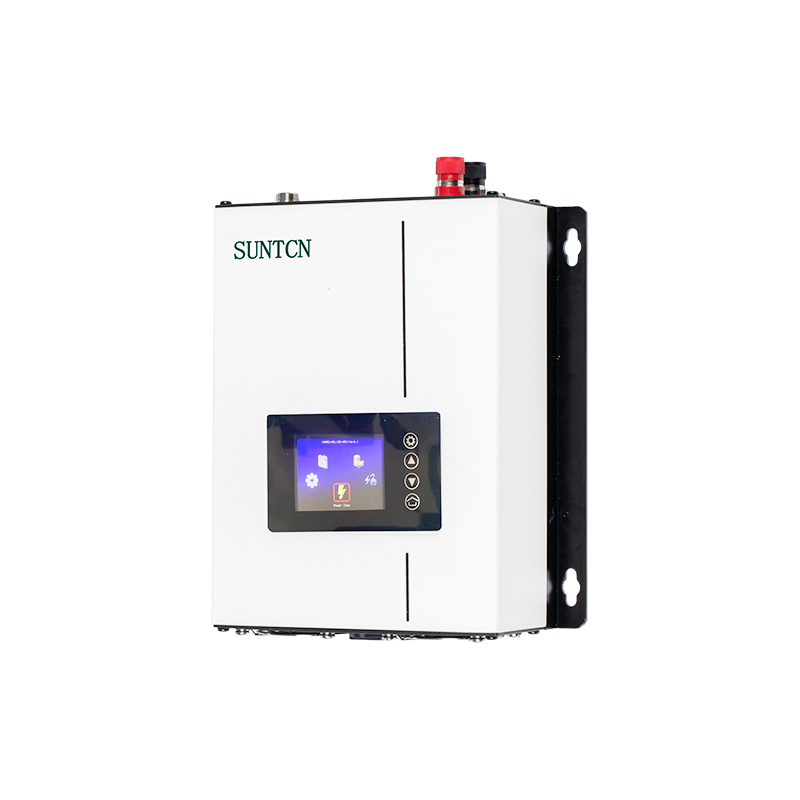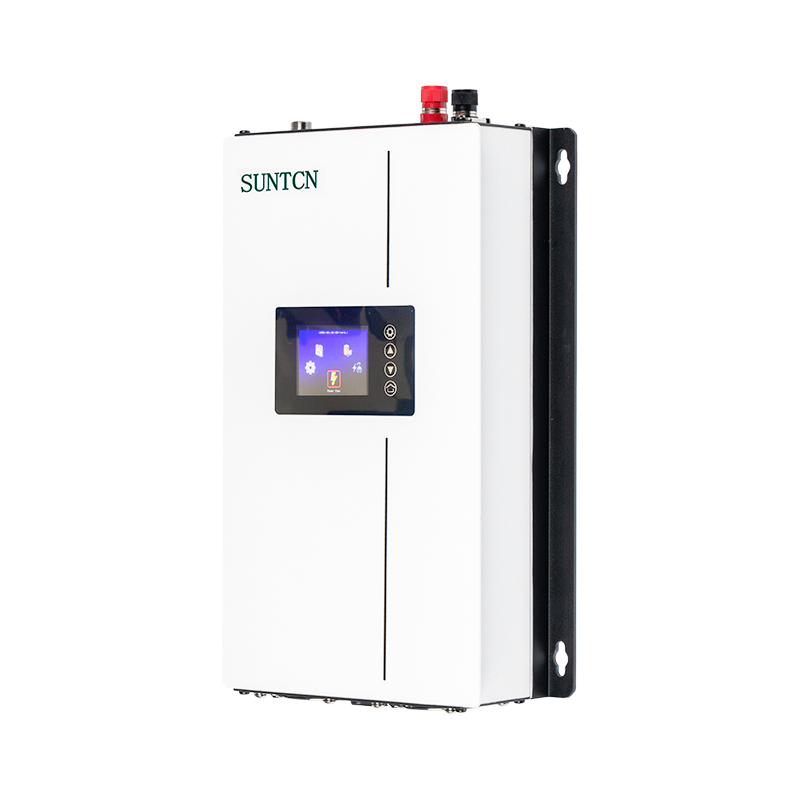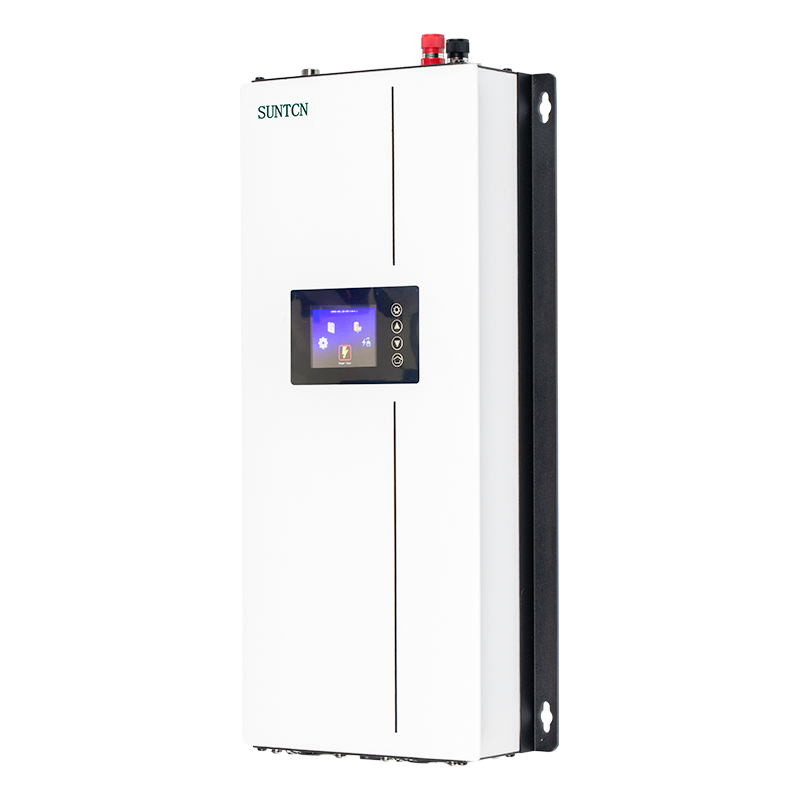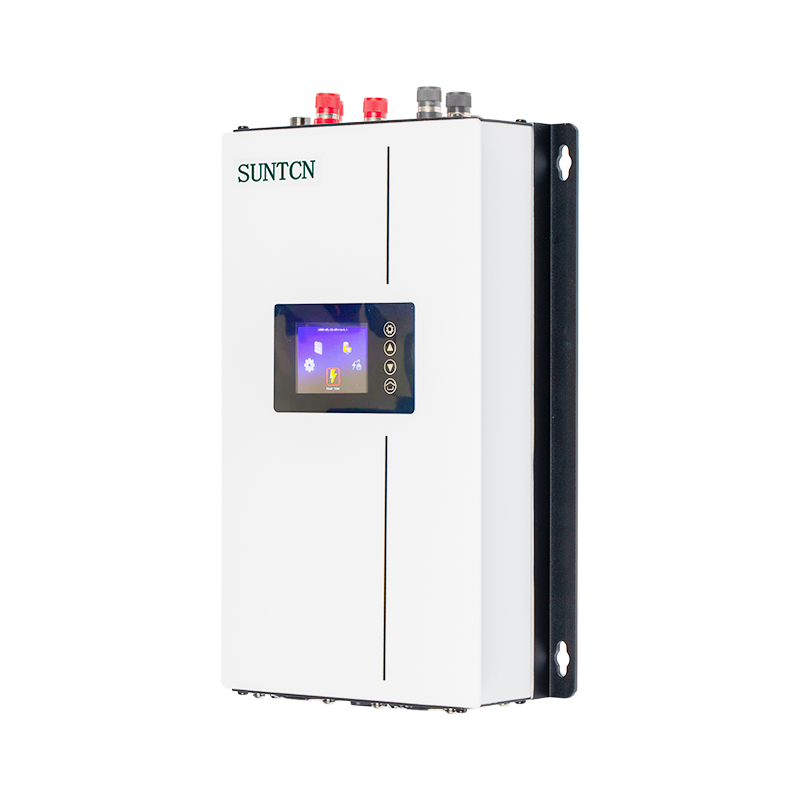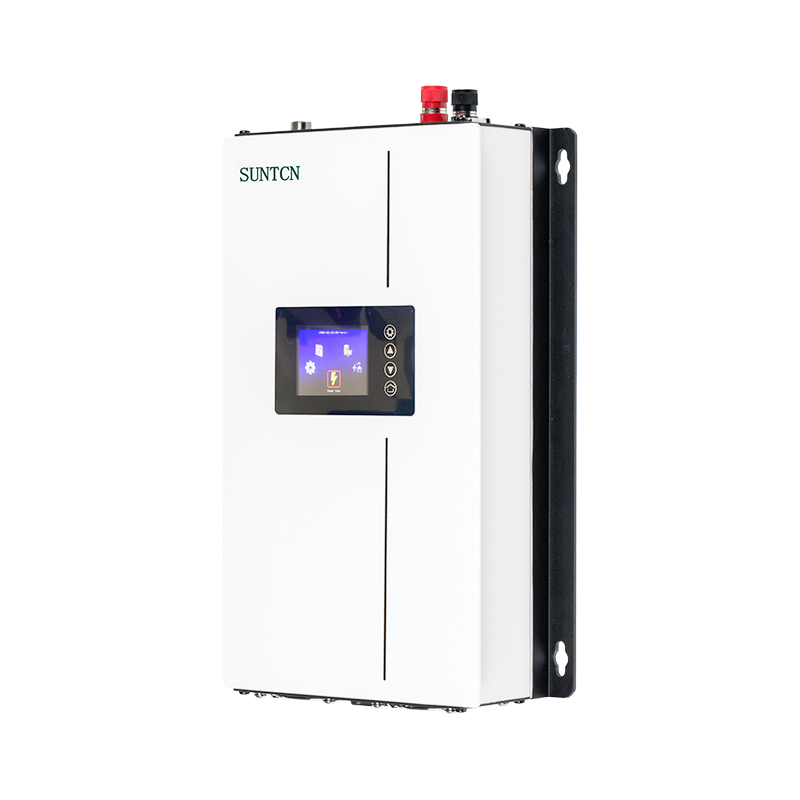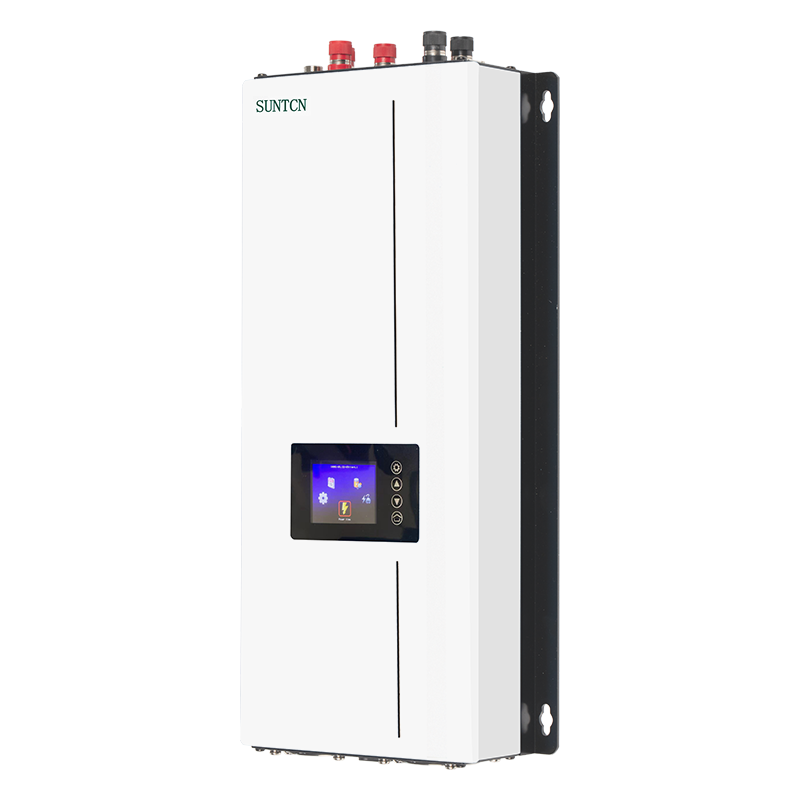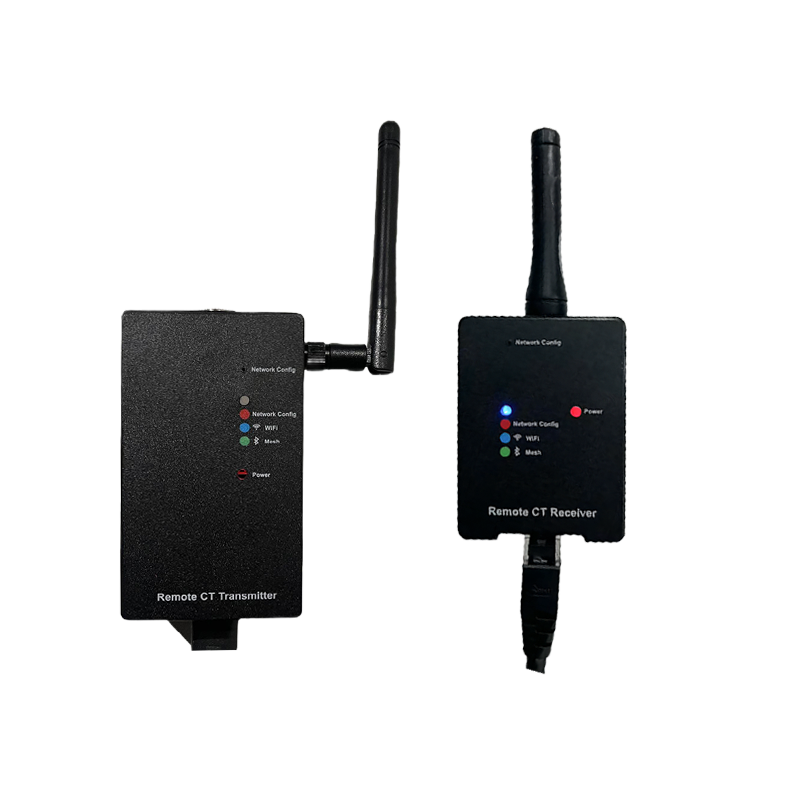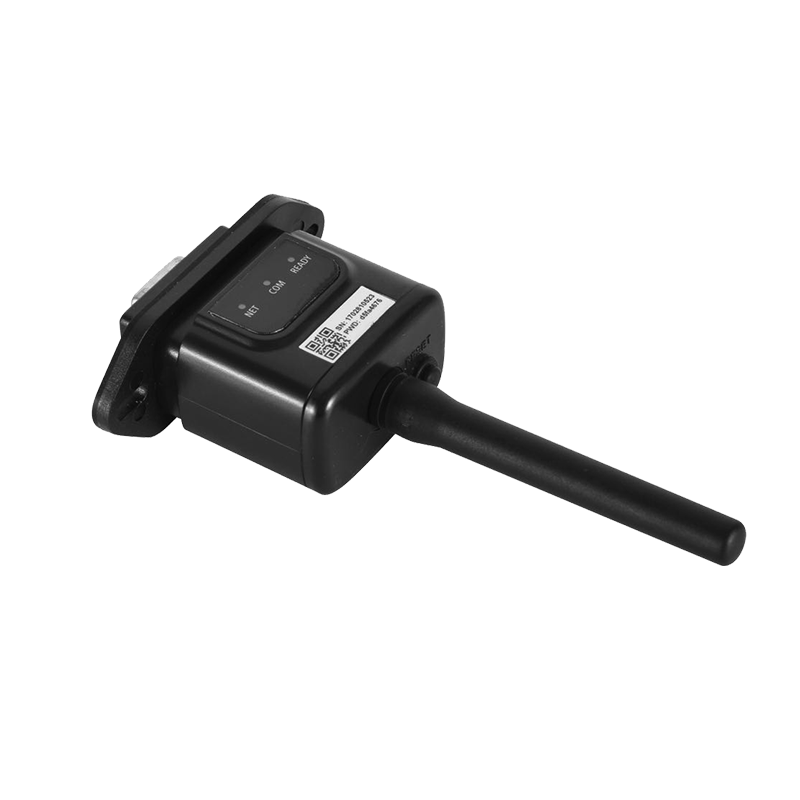In today’s rapidly evolving energy landscape, homeowners and businesses alike are seeking smarter, more sustainable ways to manage their power consumption. As solar energy becomes more accessible and affordable, the demand for advanced energy storage and management systems has surged. Among the innovative solutions available today is the hybrid inverter—a cutting-edge device that seamlessly integrates solar power generation, battery storage, and grid connectivity.
What is a Hybrid Inverter?
A hybrid inverter, also known as a multi-mode inverter, is an intelligent power conversion device that combines the functions of a solar inverter and a battery inverter into a single unit. Unlike traditional solar inverters that only convert DC power from solar panels into AC power for immediate use, hybrid inverters can also store excess solar energy in batteries for later use and intelligently manage power flow between solar panels, batteries, and the utility grid.
This means that during the day, when your solar panels generate more electricity than you need, the surplus is stored in batteries instead of being sent back to the grid (unless desired). At night or during power outages, the stored energy can be used to power your home—making hybrid inverters a key component of energy independence.
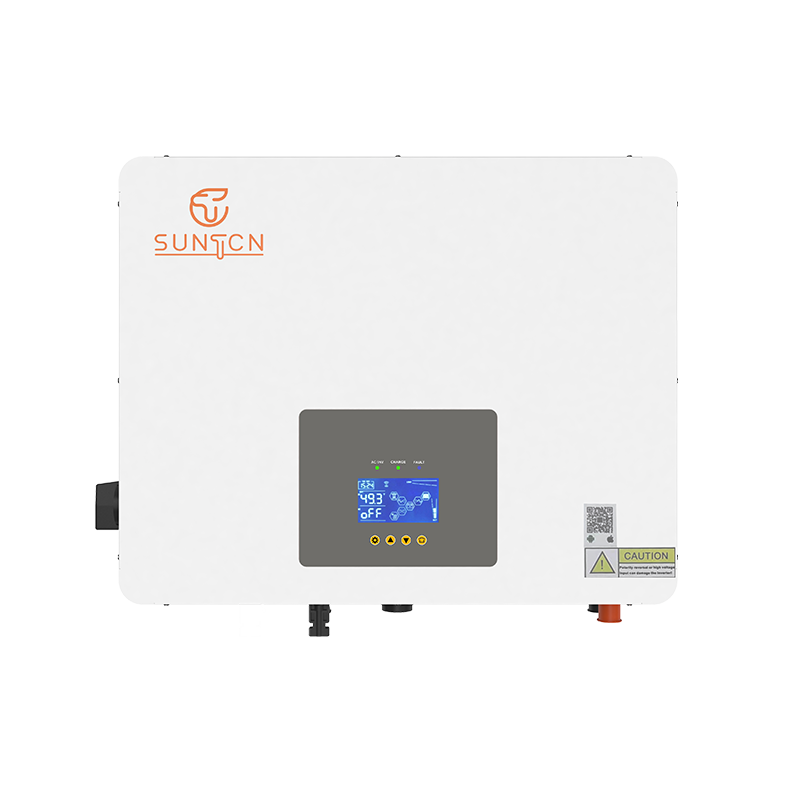
How Does a Hybrid Inverter Work?
The operation of a hybrid inverter revolves around three main components: solar panels, battery storage, and the electrical grid. Here’s a simplified breakdown of how it works:
Solar Energy Harvesting: Solar panels generate direct current (DC) electricity from sunlight.
Power Conversion: The hybrid inverter converts DC electricity into alternating current (AC) for use in your home.
Energy Storage: Excess solar energy is directed to charge a connected battery system.
Smart Energy Management: The inverter monitors energy demand, solar production, and battery levels to decide whether to use solar power, draw from batteries, or pull from the grid.
Grid Interaction: During low solar production or high demand, the inverter can seamlessly switch to grid power. It can also feed surplus solar energy back to the grid if net metering is available.
This intelligent energy management ensures efficiency, reduced electricity bills, and enhanced reliability.
Key Benefits of a Hybrid Inverter
| Feature | Benefit |
| Energy Independence | Reduce reliance on the grid by storing solar energy for use anytime. |
| Cost Savings | Lower electricity bills by using stored solar energy during peak tariff hours. |
| Backup Power | Provides uninterrupted power during outages when paired with batteries. |
| Scalability | Easily expandable with additional solar panels or battery modules. |
| Smart Monitoring | Real-time performance tracking via smartphone apps or web portals. |
| Grid Support | Can feed excess power back to the grid (where permitted), earning credits. |
| High Efficiency | Advanced MPPT (Maximum Power Point Tracking) technology maximizes solar harvest. |
| Future-Proof Design | Compatible with emerging technologies like EV charging and smart homes. |
Why Choose a Hybrid Inverter Over Traditional Systems?
While traditional string inverters have served the solar industry well, they lack the flexibility and intelligence of hybrid models. Here’s why a hybrid inverter is a choice:
1. Maximized Self-Consumption
With a hybrid system, you can use more of the solar energy you generate. Instead of exporting excess power to the grid at low feed-in tariffs, you store it and use it when electricity prices are higher—especially during evening peak hours.
2. Seamless Backup Power
Unlike standard solar systems that shut down during a grid outage (for safety reasons), hybrid inverters can operate in island mode, disconnecting from the grid and powering your home using solar and battery storage. This makes them ideal for areas with unreliable grid supply.
3. Adaptability to Time-of-Use (TOU) Rates
Many utility companies now use TOU pricing, where electricity costs more during peak hours. A hybrid inverter allows you to charge batteries during low-rate periods (using solar or off-peak grid power) and discharge them during high-rate periods—saving you money.
4. Simplified Installation and Maintenance
Because a hybrid inverter combines multiple functions into one unit, it reduces the need for separate solar and battery inverters. This leads to lower installation costs, less equipment, and easier maintenance.
5. Support for Renewable Integration
As more households adopt electric vehicles, heat pumps, and smart appliances, energy demand is rising. Hybrid inverters are designed to integrate with these technologies, enabling a fully renewable-powered home ecosystem.
Applications of Hybrid Inverters
Hybrid inverters are versatile and suitable for a wide range of applications:
Residential Homes: Ideal for homeowners looking to reduce electricity bills and gain energy independence.
Off-Grid Cabins: When paired with sufficient battery storage, hybrid inverters can support off-grid living.
Commercial Buildings: Businesses can use hybrid systems to cut operational costs and meet sustainability goals.
Remote Areas: In regions with limited or unreliable grid access, hybrid systems provide a reliable power solution.
Emergency Backup: Hospitals, schools, and data centers can use hybrid inverters to ensure continuous power supply.
Choosing the Right Hybrid Inverter
When selecting a hybrid inverter, consider the following factors:
Power Rating: Match the inverter’s output capacity to your solar array and household load.
Battery Compatibility: Ensure the inverter supports your preferred battery type (e.g., lithium-ion, lead-acid).
Scalability: Choose a model that allows future expansion of solar or storage capacity.
Monitoring Features: Look for inverters with cloud-based monitoring and mobile app support.
Warranty and Support: Opt for reputable brands offering long warranties and reliable customer service.
Popular hybrid inverter brands include SMA, Fronius, GoodWe, Huawei, Solax, and Luxpower—each offering models tailored to different needs and budgets.
The Future of Energy is Hybrid
As the world moves toward decarbonization and decentralized energy systems, hybrid inverters are poised to play a central role in the energy transition. They empower users to take control of their energy usage, reduce carbon footprints, and build resilient power systems.
Moreover, with advancements in artificial intelligence and IoT integration, next-generation hybrid inverters are becoming even smarter—learning your usage patterns, optimizing energy flow, and even communicating with utility providers for grid-balancing services.
Governments and utilities are also recognizing the value of hybrid systems. Incentives, tax credits, and rebates are increasingly available for hybrid solar + storage installations, making them more affordable than ever.
Conclusion
A hybrid inverter is not just a piece of hardware—it’s a gateway to a smarter, more sustainable energy future. Whether you’re looking to cut electricity bills, prepare for power outages, or contribute to a cleaner planet, a hybrid inverter offers unmatched flexibility, efficiency, and peace of mind.
By combining solar generation, battery storage, and intelligent energy management in one compact system, hybrid inverters are redefining how we produce, store, and consume electricity. As solar adoption continues to grow and battery prices decline, now is the time to invest in a hybrid solution.

 English
English Español
Español Deutsch
Deutsch